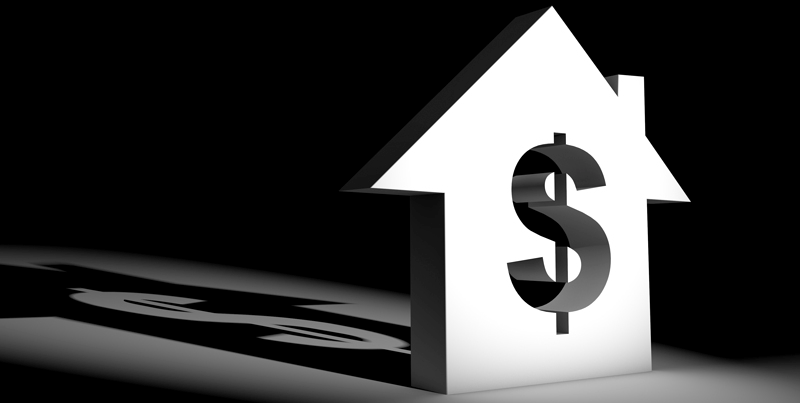11 Unknown Costs of Homeownership
Buying your first home is all about smart budgeting – saving enough for a downpayment, crunching numbers to determine how much mortgage you can afford, allocating funds to DIY your fixer-upper into move-in condition.
But the costs don’t end there. The good news: planning in advance ensures financial bumps won’t detour your homeownership plans. Be prepared for these additional costs.
1. HOME INSPECTION
Although in tight markets like Toronto, bidders sometimes forgo home inspections, the smart money is on getting a home inspection report before putting in your offer. A certified home inspector can save you thousands of dollars by tipping you off to problem areas and repairs needed down the road.
AVERAGE COST: $200 to $500 per inspection.
2. LEGAL FEES
Once you sign your offer to purchase, you’ll need to hire a real estate lawyer to handle your paperwork and file your transactions. This includes conducting a title search, registering your new place in your name, and making sure the downpayment and land transfer tax go to the correct offices on time.
AVERAGE COST: $1,500 and up, including both fee and disbursements for title search fees, couriers and administration.
3. PROVINCIAL LAND TRANSFER TAX
All provinces, with the exception of Alberta and Saskatchewan, charge a
land transfer tax when you purchase property. Rates are a percentage that varies based on property value.
AVERAGE COST: Ontario’s land transfer tax ranges from 0.5% to 2%, depending on property value. The average Canadian house price is now $365,000, which would require an Ontario land transfer tax payment of $3,675. The good news: first-time buyers in Ontario, B.C. and P.E.I. can apply for a rebate of up to $2,000. Check your provincial government’s website for more information on available resources and rebates.
4. PROVINCIAL LAND TITLE TRANSFER FEE
Saskatchewan and Alberta don’t have a land transfer tax, but they do have a relatively nominal land title transfer fee.
AVERAGE COST: In Saskatchewan, the land title transfer fee on that typical $365,000 house would come to $1095. In Alberta, it would be a mere $123.
5. PROVINCIAL MORTGAGE REGISTRATION FEE
Saskatchewan and Alberta also each levy a mortgage registration on title fee on property sales that involve a mortgage.
AVERAGE COST: For a $300,000 mortgage, expect to pay $110 in Alberta, and in Saskatchewan, $150 (a flat rate that will cover you for up to four mortgage titles.)
6. MUNICIPAL LAND TRANSFER TAX
For Torontonians, the real estate taxman hits twice, with Canada’s only municipal land transfer tax, which is paid in addition to the provincial tax.
AVERAGE COST: Toronto’s average home cost is well over the national average, so let’s use a $500,000 house as our example. It would be subject to an approximate $5,725 municipal land transfer tax in addition to the 0.5% to 2% provincial land transfer tax.
7. MORTGAGE INSURANCE
All high-ratio mortgages (where the borrower’s downpayment is less than 20% of the home’s purchase price) require mortgage default insurance from an insurer such as Genworth Canada. Lenders pay the insurance premium, and the cost is passed on to the homebuyer and normally added to the mortgage.
AVERAGE COST: The premium on the total loan varies from 0.60% to 3.15%, depending on your percentage of loan-to-value and other features of your mortgage (the greater your downpayment in relation to your home’s cost, the lower the mortgage loan insurance premium).
8. TITLE INSURANCE
Title insurance protects you against losses arising from challenges to the ownership of your home. Examples include fraud and forgery and title defects (such as unpaid liens on the property, encroachments, etc.).
AVERAGE COST: The premium varies between houses and condos, and by property value: on a $500,000 house, expect an average cost of $325; for a $500,000 condo, expect just $150.
9. ADJUSTMENTS
If the seller prepaid property taxes or utilities, you’ll have to repay them the prorated amount.
AVERAGE COST: $400 to $700
10. MOVING COSTS
And don’t forget the big day!
AVERAGE COST: $1,500 to $5,000
11. HOME INSURANCE
To protect your nest and its contents.
AVERAGE COST: $1,000 to $2,000 per year.




